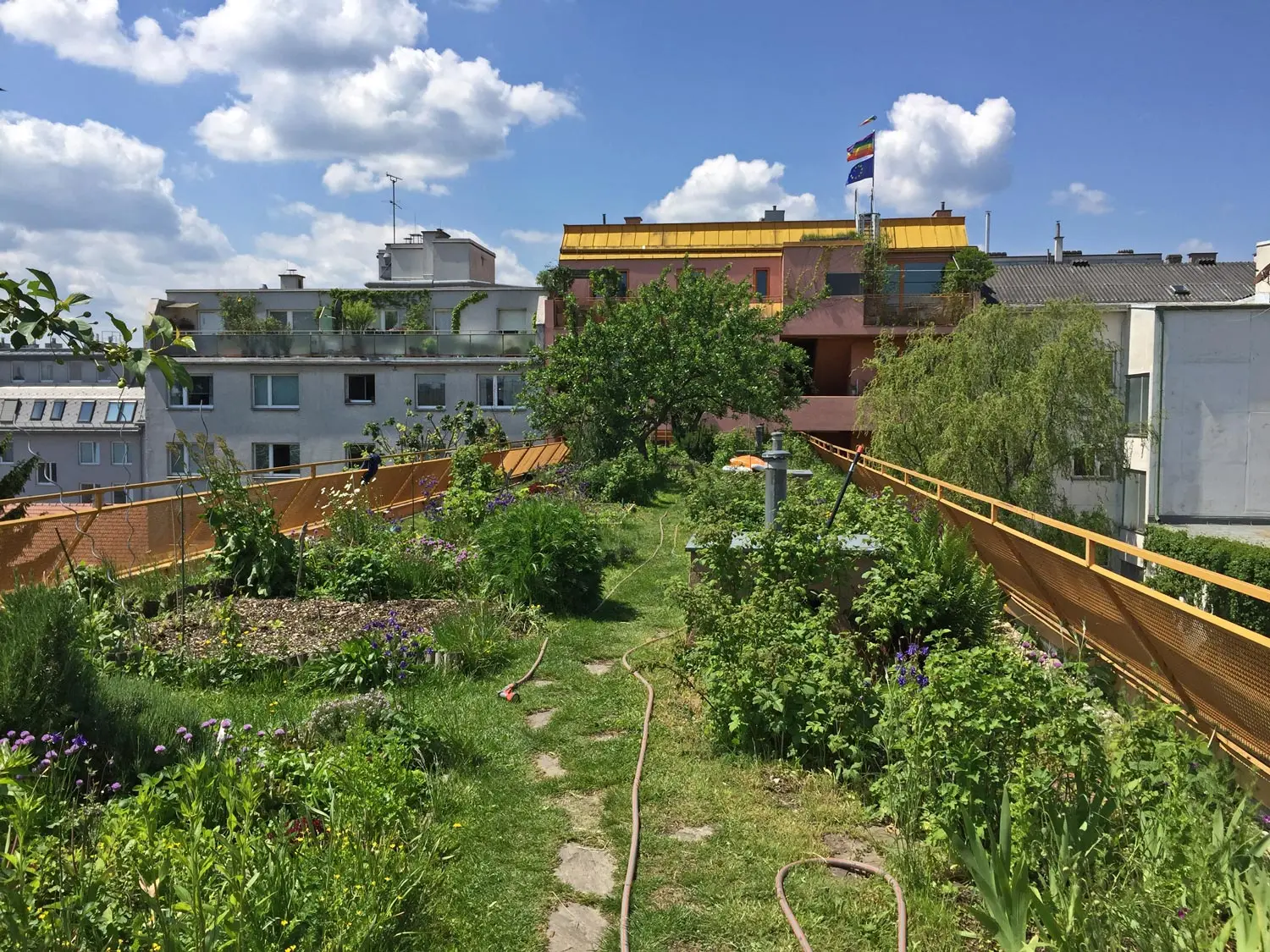Urban Gardening

Function: Use of inner-city areas for the cultivation of food. Traditionally, there have always been city gardens in the cities, but these declined with the improved transport possibilities for food from the surrounding areas. Urban gardening resumes the possibilities for greening and food production on inner-city areas and implements them, in part in an extremely creative way and on small areas. All suitable open spaces such as house roofs, shady traffic areas, industrial halls, public places and even house facades are used as usable areas. In general, this form of horticulture focuses on conscious consumption and environmentally friendly production.
Advantages: The loss of agricultural land through superstructures can be compensated to a certain extent. In some cities affected by poverty (Chicago (US), Rio de Janeiro (BR), Moscow (RUS)), urban gardening also serves to combat poverty, ensure food security and integrate the socially disadvantaged. Urban gardening integrates agriculture into urban lifestyles, can improve the urban microclimate, can make significant contributions to local food supplies through the use of greenhouses (e.g. on house roofs) and can help to reduce transport emissions. In prosperous Switzerland with its comparatively small cities, supply or transport issues play a less important role than the shift towards a more sustainable and conscious lifestyle.
Examples: Frau Gerolds Garten, Zurich; Landhof Permakulturgarten, Basel